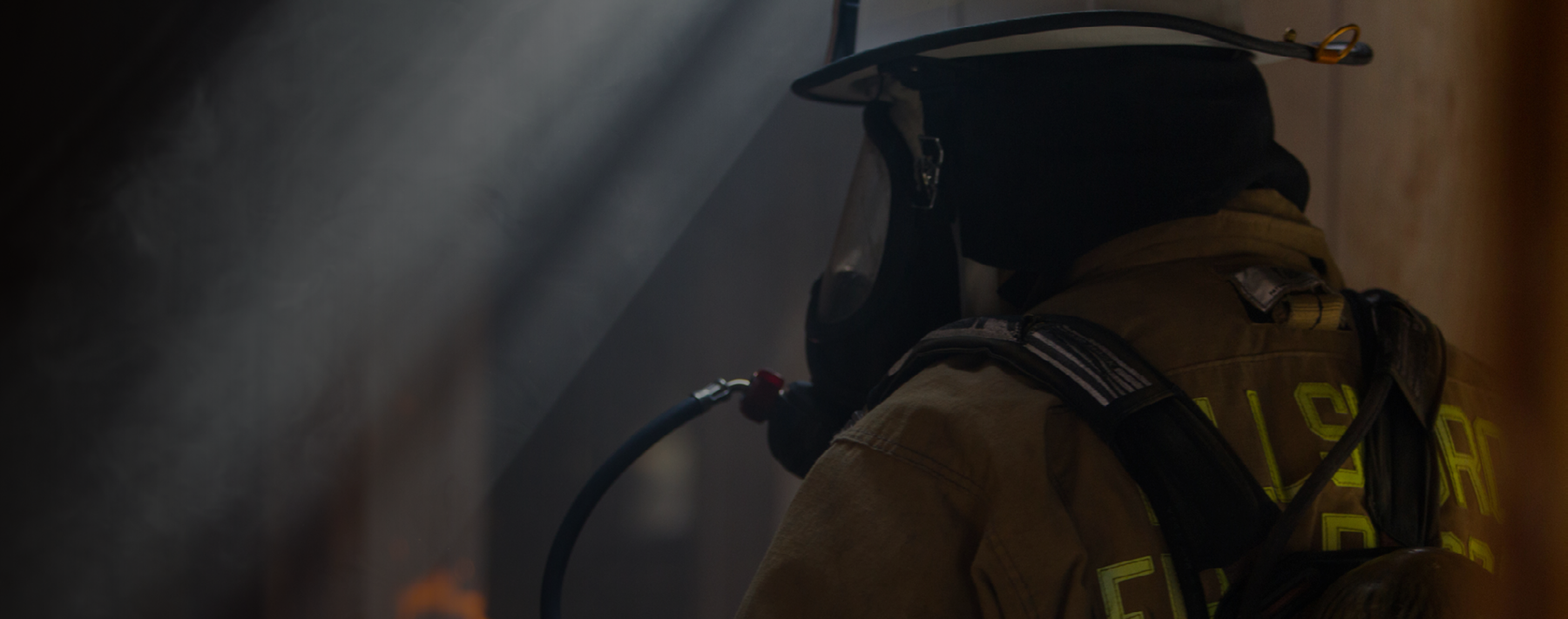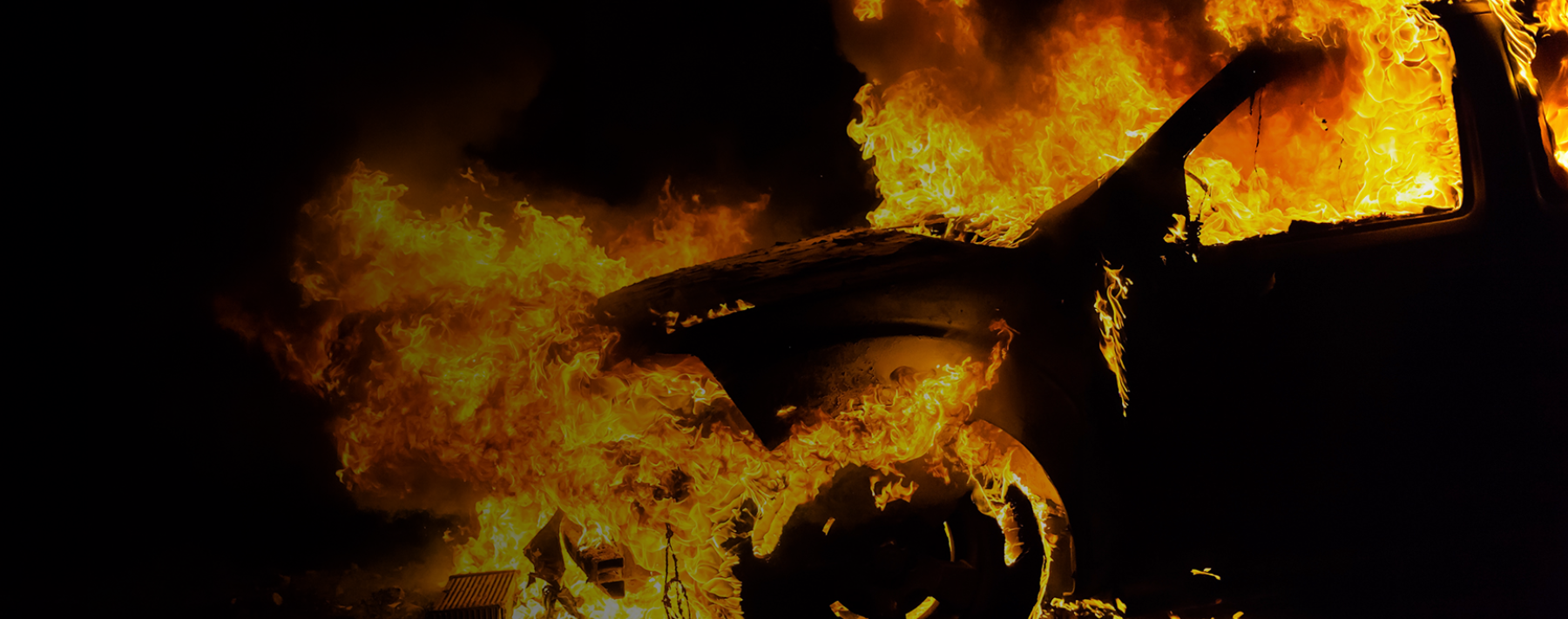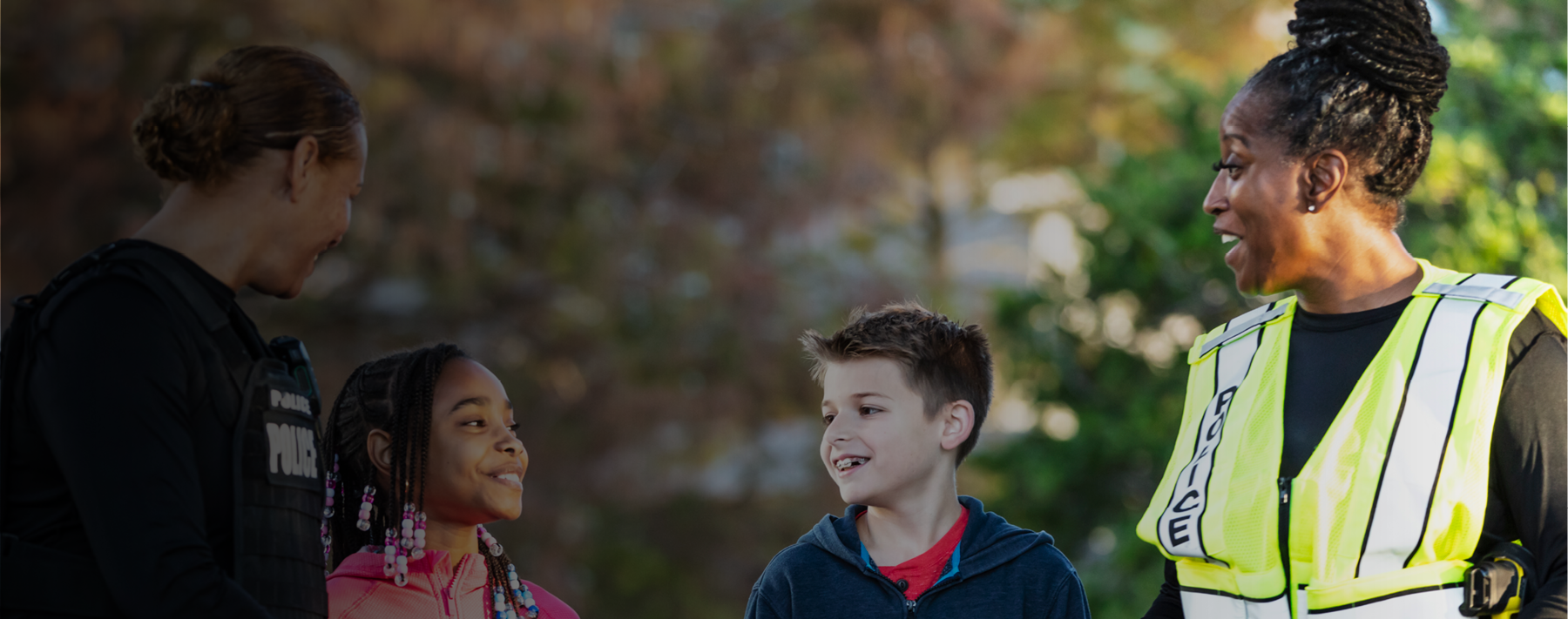“Everything’s fine, until it’s not.” Unchecked, heat-related illness can fulfill this prophecy like few other fireground events. Unlike changing out an air bottle, there’s no quick fix for heat-related illness once crews begin to experience symptoms. Little can be done except to remove crews from operations and use relief crews if they are available. Establishing a fireground rotation schedule and recognizing early signs, however, can dramatically reduce rehab time, allowing for preservation of resources.
Heat-related illness comes on swiftly and sometimes without notice. Crews begin to heat up and sweat when they put on their gear and mount the apparatus, and their internal temperatures continue to rise upon initiation of fireground operations.
Everyone looks overheated, so how can officers size up their crews and determine who needs relief before operations suffer? When should an incident commander (IC) establish formal rehab? This article addresses firefighter safety in hot weather, using Lexipol’s heat-related illness policies and rehab procedure as a guide. Note: Some states, such as California and New Jersey, have heat illness prevention-related laws and regulations, which are cited in Lexipol’s state policies. This article addresses best practice.
“My advice to you is to start drinking heavily” – John Blutarsky
One of the best things members can do to prevent or delay the onset of heat-related illness is to remain hydrated. At the station and while performing routine tasks, crews should drink plenty of water and avoid caffeinated and sugary beverages.
If you think you need formal rehab, you need formal rehab
The IC should consider the following:
- Length of the operation – The two-bottle rule should generally be observed. After the use of two air bottles (or 30 to 60 minutes of strenuous activity), a firefighter should be evaluated in the rehabilitation area. Rehabilitation should generally be considered for second-alarm fires or greater. Prolonged motor vehicle incidents and heavy rescues in hot weather are additional examples where rehab is appropriate.
- Amount of exertion – Officers should maintain an awareness of the exertion/exhaustion level of crews. The degree of exertion can vary greatly in each incident. Individuals who are under-hydrated or are on the first day back after any gastrointestinal illness are particularly susceptible to early onset of heat illness.
- Pre-event shift activities – Dehydration and heat illness can have a cumulative effect on personnel who are constantly working in the heat during the shift. Multiple responses, as well as completing regular station duties, can compound over time to cause heat-related illness. Therefore, the IC and officers should consider the workload of the crew throughout the shift when determining the need for rehab operations on any single incident.
- Adverse climatic conditions – When temperatures exceed 90 degrees, early onset of heat exhaustion and/or collapse becomes more likely. Rehabilitation efforts should generally be established when ambient air temperature is over 85 degrees and there is a potential for extended operations. High humidity also plays a role and should be considered. If the IC even thinks any of these conditions may exist, rehab resources and additional crews should be requested while the first crews are en route. In the time it takes for rehab units to arrive, locate and establish formal rehab, crews may already be suffering from heat-related illness.
When resources permit, assign a rehab officer. The IC should get this responsibility moved off his or her plate as soon as practicable. An assigned rehab officer can focus on those tasks more effectively.
Bring your own water (BYOW)
In hot and/or humid conditions, where resources permit, station commanders should consider stocking a case of water or a large cooler on responding apparatus, along with ice, towels, misting fans or other cooling resources. Having these items at the ready allows for informal rehab should the IC determine that formal rehab will not be needed, and provides some measure of rehab until formal rehab is established.
Observe and communicate
Officers and crews should continually look for and communicate signs and symptoms of heat-related illness down and up the chain of command:
IC <–> Group Officers <–> Division Commanders <–> Apparatus Operators <–>
Crew Commanders <–> Crew members
In the end, it’s up to the individual member to determine if he/she needs rest and be personally responsible for communicating his/her needs to a supervisor. Members should be encouraged to self-evaluate. Heat-related illness training should emphasize that the fear of appearing weak is no excuse for hesitating to communicate the need for rest. Also, supervisors should remember that if one individual is experiencing heat exhaustion, there may be additional members in need of rehabilitation. Therefore, where practicable, crews should rehab together.
Signs and symptoms
Members should look for the following signs and symptoms of heat-related illness in themselves and each other and seek rehab should they exist:
- Weakness/fatigue
- Heavy sweating
- Headache
- Dizziness
- Confusion
- Abnormal pulse
- Abnormal skin color or feel
- Muscle cramps
- Nausea or vomiting
- Syncope (temporary loss of consciousness caused by a drop in blood pressure
The subject of firefighter safety in hot weather is more fully discussed in Lexipol’s Heat Illness Prevention Training Policy, Heat Illness Prevention Program Policy and the On-Scene Rehabilitation Procedure.
Author’s note: Special thanks to the Lexipol Fire Content Development Team for assistance with this article.



